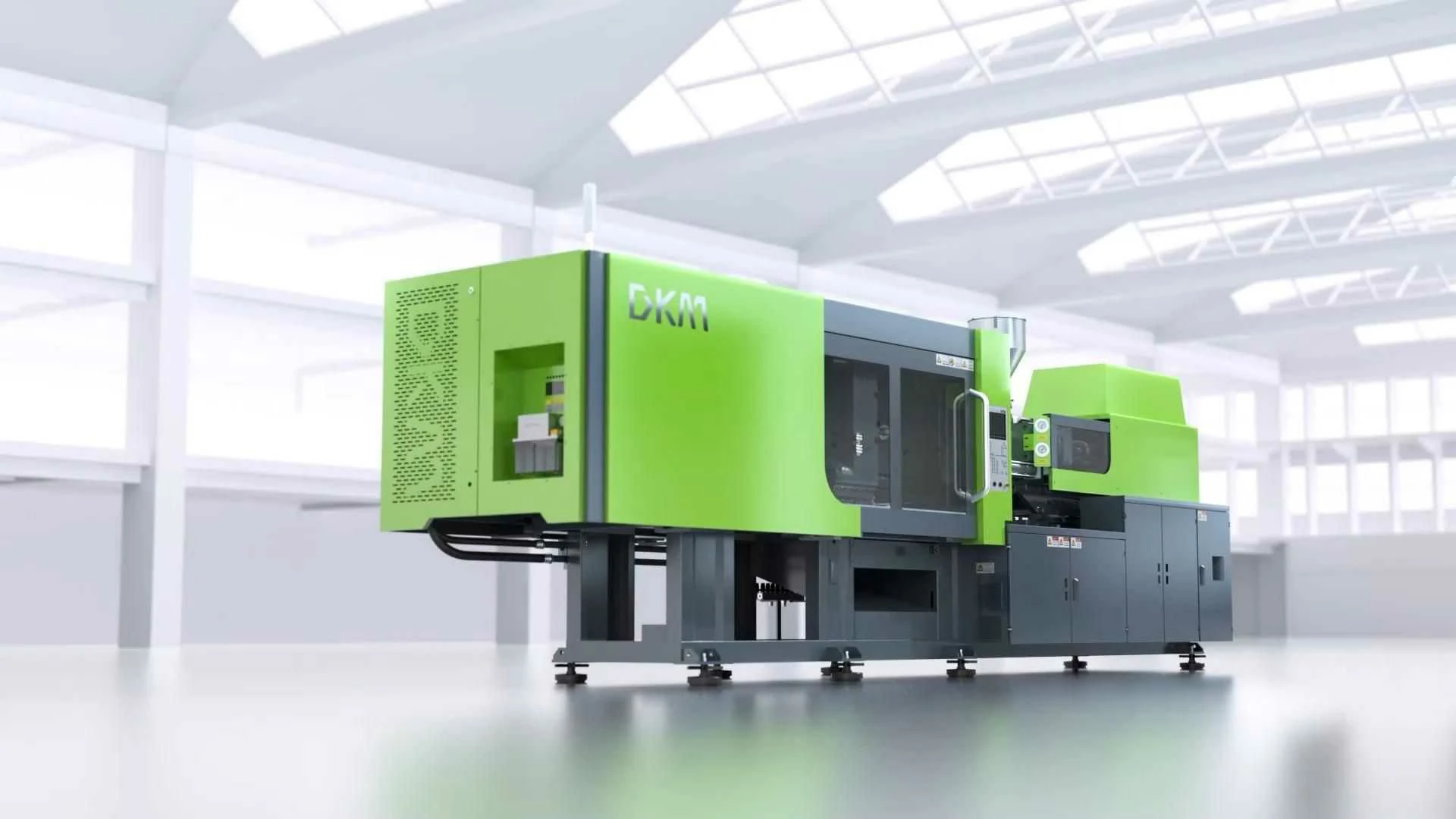In the world of manufacturing, blow molding and injection molding are two commonly used processes for producing plastic products. While both methods involve shaping plastic materials, there are significant differences between the blow molding machine and the injection molding machine. This article will explore these differences and provide an overview of each process.
Blow Molding Machine
Blow molding is a manufacturing process used to create hollow plastic parts. The blow molding machine operates by melting plastic resin and then forcing it into a mold cavity. Once inside the mold, the molten plastic is shaped by air pressure or mechanical means, resulting in the desired product shape. There are three main types of blow molding: extrusion blow molding, injection blow molding, and stretch blow molding.
Extrusion blow molding is the most common type of blow molding. It involves melting plastic resin and extruding it in a tubular shape. The tubular plastic is then clamped into a mold, and air is blown into it to expand and shape it.
Injection blow molding is similar to extrusion blow molding, but it starts with injecting molten plastic into a mold cavity. After the plastic cools and solidifies, the mold opens, and the part is ejected.
Stretch blow molding is used to manufacture bottles and containers with high clarity and strength. It involves stretching a preform (a tube-shaped plastic piece) in both the axial and radial directions while molding it into the desired shape.
Injection Molding Machine
Injection molding is another popular method for manufacturing plastic products. The process begins with melting plastic pellets or granules and injecting the molten plastic into a mold cavity under high pressure. The plastic then cools and solidifies, and the mold opens to release the finished product.
Injection molding machines come in various sizes and configurations. The most common type is the horizontal injection molding machine, where the mold opens and closes on a horizontal plane. Vertical injection molding machines are also available, where the mold opens and closes vertically.
Injection molding offers several advantages over blow molding. It allows for more complex and intricate designs, provides better surface finishes, and allows for higher production volumes. However, it also requires more expensive molds and has longer cycle times compared to blow molding.
Differences between Blow Molding and Injection Molding
There are several key differences between blow molding and injection molding:
- Process: Blow molding involves shaping plastic by forcing air or mechanical means into a mold cavity, whereas injection molding involves injecting molten plastic into a mold cavity under high pressure.
- Types of Products: Blow molding is commonly used to produce hollow plastic parts such as bottles and containers, while injection molding is used for a wide range of products, including complex and intricate shapes.
- Surface Finish: Injection molding generally provides better surface finishes compared to blow molding, making it ideal for products with high aesthetic requirements.
- Production Volume: Injection molding allows for higher production volumes due to shorter cycle times, while blow molding is typically suited for medium to high-volume production runs.
- Mold Cost: Blow molding molds tend to be less costly compared to injection molding molds, making blow molding a more cost-effective option for certain applications.
In conclusion, both blow molding and injection molding are valuable techniques for producing plastic products. The choice between the two methods depends on various factors, including the desired product shape, volume requirements, surface finish, and cost considerations.
.webp)
